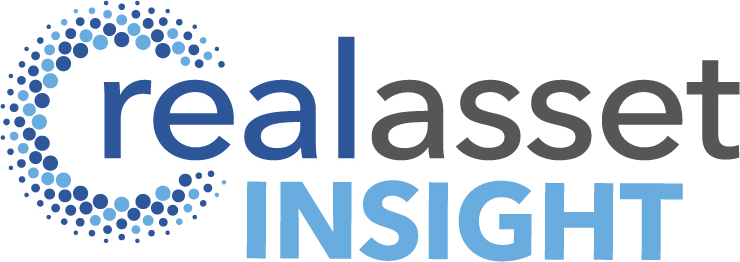A ‘perfect storm’ as German market faces liquidity gap
A ‘perfect storm’ is brewing as the German market faces a funding and liquidity gap, delegates heard at Real Asset Media’s Debt Finance and Investment briefing, which took place recently at Ashurst’s offices in Frankfurt.

“There’s pressure from all sides,” said Markus Beran, Head of Origination International Investors, Berlin Hyp. “The debt capacity is there, but what’s needed is the cashflow to service it. The real issue is whether there is enough liquidity in the market.”
The financing markets are slow. Values are expected to fall further and banks are being cautious because of the complexity of lending in today’s market.
“It is difficult for banks that are locked in at 2% in a loan generated five years ago that’s got another five years to go,” said Beran. “The increases in interest rates happened too fast for the industry. But we have to remember that 6% rates were normal once, while zero rates just fuelled the bubble. Maybe the new normal will be in the 4% region.”
The market is still reeling from the rapid transition from a ‘lower forever’ to a ‘higher for longer’ scenario. There’s also the uncertainty about how central banks will behave after the phase of aggressive tightening, but given the complex geopolitical situation the expectation is that higher for longer is the most realistic scenario.
“Interest rates will not go back to zero,” said Tobias Dichtl, Co-Head of Market Intelligence & Foresight, Colliers. “This is the new normal.”
On top of this, banks have to deal with more stringent capital requirements.
“It looks like the perfect storm,” said Derk Opitz, Partner, Germany, Ashurst. “Higher interest rates and capital requirements that are tougher to meet for the banks, new rules being imposed on funds by the regulator, so where is all the debt we need going to come from?”
It all points in the direction of a serious funding gap.
“Overall lending activity is becoming more defensive so we’ll have to face a shortfall soon,” said Etienne Naujok, Associate Director, Edmond de Rothschild. “On the equity side a lot of fund raising campaigns at the moment are not successful. AEW expects a €93 billion funding gap in the six main European countries.”

Alternative lenders have a chance to step in as they are more flexible, but they have also had to become more disciplined and defensive.
Banks need to build up reserves and that limits the lending activity they can engage in, which in turn has an impact on activity in the market.
“The regulatory environment is very limiting.” said Beran. “You have to prepare for potential downgrades to your loans. The focus is not on generating new business but on making sure the bank is safe.”
In this context, it is no wonder that deal volumes have fallen this year, and transactions are unlikely to pick up quickly next year.
“Even if there are less transactions it’s more challenging to get financing in the German market,” said Anna Kreuter, Associate Director, CBRE Loan Services. “Everyone is more cautious and looking in more detail at what the cashflow is and what the prospects are. The terms of a loan are very different, there are no hard covenants but soft covenants to keep the property stable and cash available.”




